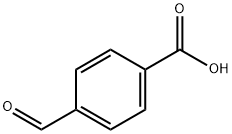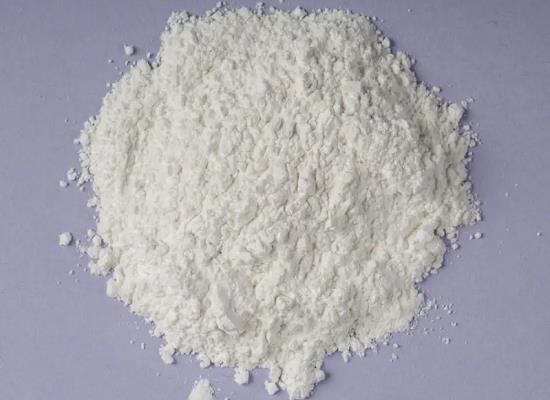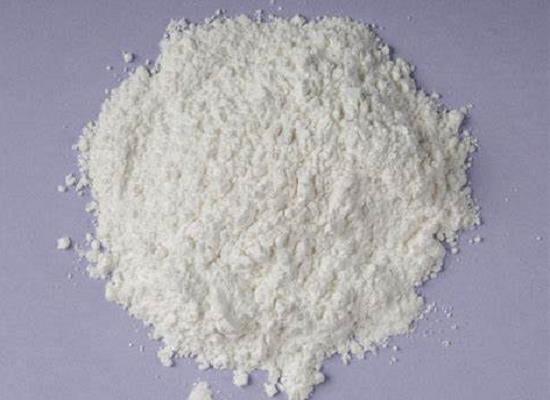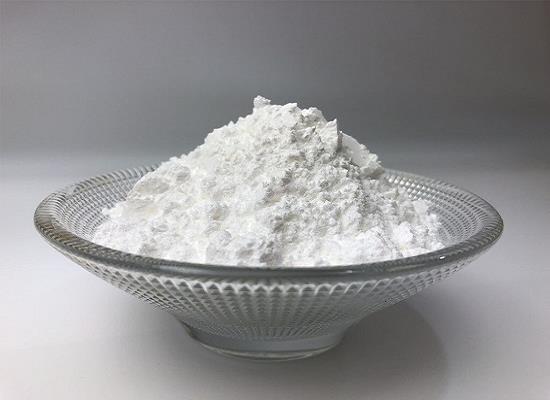4-Formylbenzoic acid: Chemical Characteristics, Applications in Medicinal Chemistry and Preparation Method
General Description
4-Formylbenzoic acid, also known as 4-Carboxybenzaldehyde, is a chemical compound with a molecular formula of C8H6O3 and a molecular weight of 150.13. It exhibits high thermal stability with a melting point of 247-250°C and is soluble in anhydrous ethanol. Classified as an irritant, proper handling is essential. In medicinal chemistry, it plays a key role in antiviral drug development, aiding in the synthesis of potent inhibitors for dengue virus protease and human glucagon receptor antagonists. 4-Formylbenzoic acid is prepared through oxidation of aldehydes using Cu(acac)2/SIMes catalyst and oxygen, resulting in high yields of 99%.
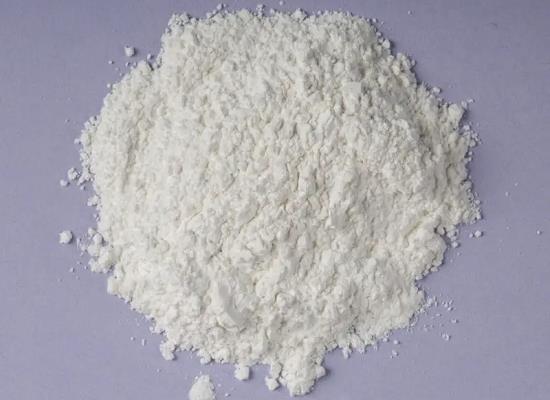
Figure 1. 4-Formylbenzoic acid
Chemical Characteristics
4-Formylbenzoic acid, also known as 4-Carboxybenzaldehyde, is a chemical compound with a unique set of characteristics. Its molecular formula is C8H6O3, and it has a molecular weight of 150.13. This compound exists as a pale yellow fine crystalline powder, with a density of 1.3±0.1 g/cm³ and a boiling point of 332.6±25.0 °C. Notably, 4-Formylbenzoic acid has a melting point ranging from 247 to 250°C, indicating its relatively high thermal stability. Additionally, it is soluble in anhydrous ethanol, which makes it suitable for various chemical reactions. Moreover, this compound has a CAS number of 619-66-9 and an EINECS number of 210-607-4, allowing for precise identification and tracking in chemical databases. In terms of safety, it is classified with a danger code of Xi and a danger level of 36/37/38, indicating potential irritant properties. Therefore, proper handling and storage measures must be taken to ensure safety. In summary, 4-Formylbenzoic acid possesses distinct chemical characteristics that make it a valuable compound in various chemical applications. 1
Applications in Medicinal Chemistry
4-Formylbenzoic acid, a versatile compound, exhibits significant applications in medicinal chemistry, particularly in the development of various therapeutic agents. In the realm of antiviral drug discovery, it serves as a crucial component in the synthesis of peptide-hybrid inhibitors targeting the protease of the dengue virus. These inhibitors, incorporating N-substituted 5-arylidenethiazolidinone heterocycles as N-terminal capping groups, demonstrate potent inhibition of the dengue protease. The compound's structural variations, such as sulfur/oxygen exchange in position 2 of the capping heterocycle, significantly influence their inhibition mechanisms, membrane permeability, antiviral activity, and cytotoxicity in cell culture. Additionally, 4-Formylbenzoic acid contributes to the synthesis of compounds designed as human glucagon receptor antagonists with thiazole cores. These antagonists, featuring cyclic cores of 5-aminothiazoles, exhibit potent activity against the human glucagon receptor with improved pharmacokinetic properties. Despite slightly reduced glucagon receptor affinity compared to previously reported compounds, they offer superior pharmacokinetic profiles, including high oral bioavailability and sustained plasma exposures in rats and dogs. Moreover, these compounds demonstrate species selectivity for glucagon receptor binding, with promising affinities observed in dog and monkey models, indicating translational relevance to the human scenario. Thus, the versatile applications of 4-Formylbenzoic acid in medicinal chemistry underscore its significance in the development of novel therapeutic agents targeting various diseases, including viral infections and diabetes. 2
Preparation Method
To prepare 4-Formylbenzoic acid, start by flushing a reaction vessel with oxygen and adding copper(II) acetylacetonate (Cu(acac)2) and sodium hydroxide (NaOH). Then, add distilled water and warm the mixture to 50°C. Next, introduce 1,4-Benzenedicarboxaldehyde (terephthalaldehyde) to the reaction vessel and seal it. Maintain the temperature at 50°C for 12 hours. After the reaction, wash the mixture with methylene chloride and adjust the pH to 2 using hydrochloric acid (HCl). Extract the aqueous phase with ethyl ether, and dry the combined ether phase with anhydrous sodium sulfate. Finally, evaporate the ether phase under vacuum. This synthesis involves the oxidation of aldehydes to carboxylic acids, facilitated by the presence of the Cu(acac)2/SIMes catalyst and oxygen. The reaction proceeds via a series of steps, including formation of a metal-carbonyl intermediate and subsequent oxidation of the aldehyde moiety to 4-Formylbenzoic acid with a carboxylic acid functional group. The use of suitable solvents and purification steps ensures the isolation of 4-Formylbenzoic acid in high yield (99%). 3
Reference
1. 4-Formylbenzoic acid. National Center for Biotechnology Information. 2024; PubChem Compound Summary for CID 12088.
2. Madsen P, Kodra JT, Behrens C, et al. Human glucagon receptor antagonists with thiazole cores. A novel series with superior pharmacokinetic properties. J Med Chem. 2009;52(9):2989-3000.
3. Liu M, Li CJ. Catalytic Fehling's Reaction: An Efficient Aerobic Oxidation of Aldehyde Catalyzed by Copper in Water. Angew Chem Int Ed Engl. 2016;55(36):10806-10810.
You may like
Related articles And Qustion
Lastest Price from 4-Formylbenzoic acid manufacturers

US $0.00-0.00/g2025-08-15
- CAS:
- 619-66-9
- Min. Order:
- 100g
- Purity:
- 99%
- Supply Ability:
- 2000tons
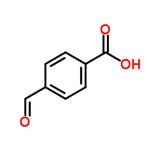
US $3.00-9.00/KG2025-06-28
- CAS:
- 619-66-9
- Min. Order:
- 0.1KG
- Purity:
- 99%
- Supply Ability:
- g-kg-tons, free sample is available
